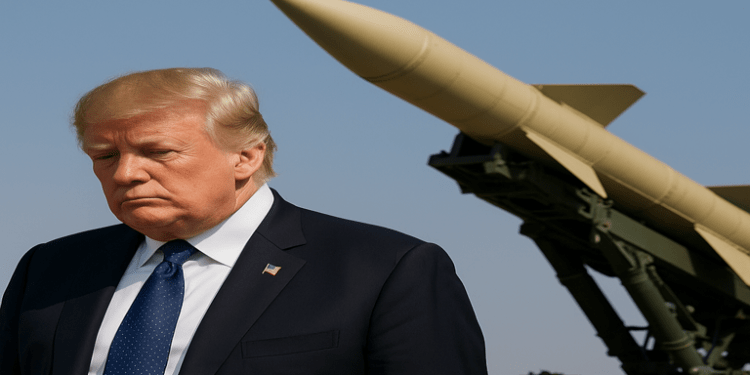Trump’s Fragile Peace Shattered: Iran–Israel Truce Breaks Within Hours
🔥 Introduction: The Calm Before the Storm
Just hours after U.S. President Donald Trump triumphantly announced a de-escalation deal between Iran and Israel, the hope for peace was violently disrupted. Explosions in Tehran, reportedly targeting sensitive locations including Evin Prison, shook the geopolitical landscape of the Middle East.
Iranian outlets Mizan and Shargh confirmed two loud blasts in the capital. Israel has neither confirmed nor denied involvement, but the incident coincides with rising military and political tensions following the so-called “Trump-brokered peace.”
🧭 Timeline of Events: From Diplomacy to Detonation
Day 1: Trump brokers an informal truce between Israel and Iran after secret shuttle diplomacy and pressure from Gulf Arab states.
+6 hours: Iranian radar stations pick up suspicious aerial activity near Tehran.
+7 hours: Two explosions reported in northern Tehran, allegedly near government and intelligence facilities.
+9 hours: Iran denies any violation of the ceasefire, blames “foreign provocateurs.”
+10 hours: Trump issues a public statement warning Israel: “Don’t strike again. You both violated the truce.”
⚖️ Political Implications: A House of Cards
Trump’s involvement brought temporary media fanfare and cautious optimism. But the quick unraveling of the truce exposes the underlying instability of the region’s alliances:
Israel’s Strategy: The Israeli government, under immense pressure due to domestic security concerns and political rivalries, may see preemptive strikes as a necessity rather than aggression.
Iran’s Position: Iran, facing economic isolation, internal dissent, and regional encirclement, is unlikely to tolerate perceived threats to its sovereignty.
The absence of binding treaties, mutual recognition, or accountability mechanisms renders any handshake agreement vulnerable to the smallest spark.
🛰️ Geopolitical Ramifications: Regional Fallout
Gulf States fear a spillover into their own territories. Saudi Arabia and the UAE have already raised air defense alerts.
Turkey remains officially neutral but is likely to leverage the crisis to increase its influence over Azerbaijan and Northern Iraq.
Russia and China have issued cautious statements calling for restraint, seeking to avoid direct entanglement but positioning themselves as mediators.
🔮 What Comes Next? Three Scenarios
- Full-Scale War: If either side retaliates openly, the Middle East could plunge into another long and bloody conflict, dragging superpowers into proxy involvement.
- Cold Containment: A return to shadow warfare, cyber attacks, and disinformation campaigns—keeping tensions high without open conflict.
- Diplomatic Reset: Third-party mediation through the UN, or neutral actors like Oman or Switzerland, could restore some stability.
🕊️ Hope Amid Crisis: Can Peace Return?
Despite this major setback, there remains a narrow window for de-escalation. The global community must act quickly:
Re-engage diplomatic channels through neutral intermediaries
Establish verifiable ceasefire monitors
Include more regional actors in future negotiations (e.g., Egypt, Jordan, and the Gulf bloc)
As fragile as it was, Trump’s truce symbolized a shift — however brief — from destruction to dialogue.
📢 Conclusion: A Cautionary Tale for Future Peacemakers
The collapse of the Iran-Israel truce just hours after its announcement reveals how delicate Middle East diplomacy remains. Powerful actors must stop treating peace like a headline and begin laying the legal, political, and human foundations necessary for its survival.
The world is watching. And the stakes have never been higher.

